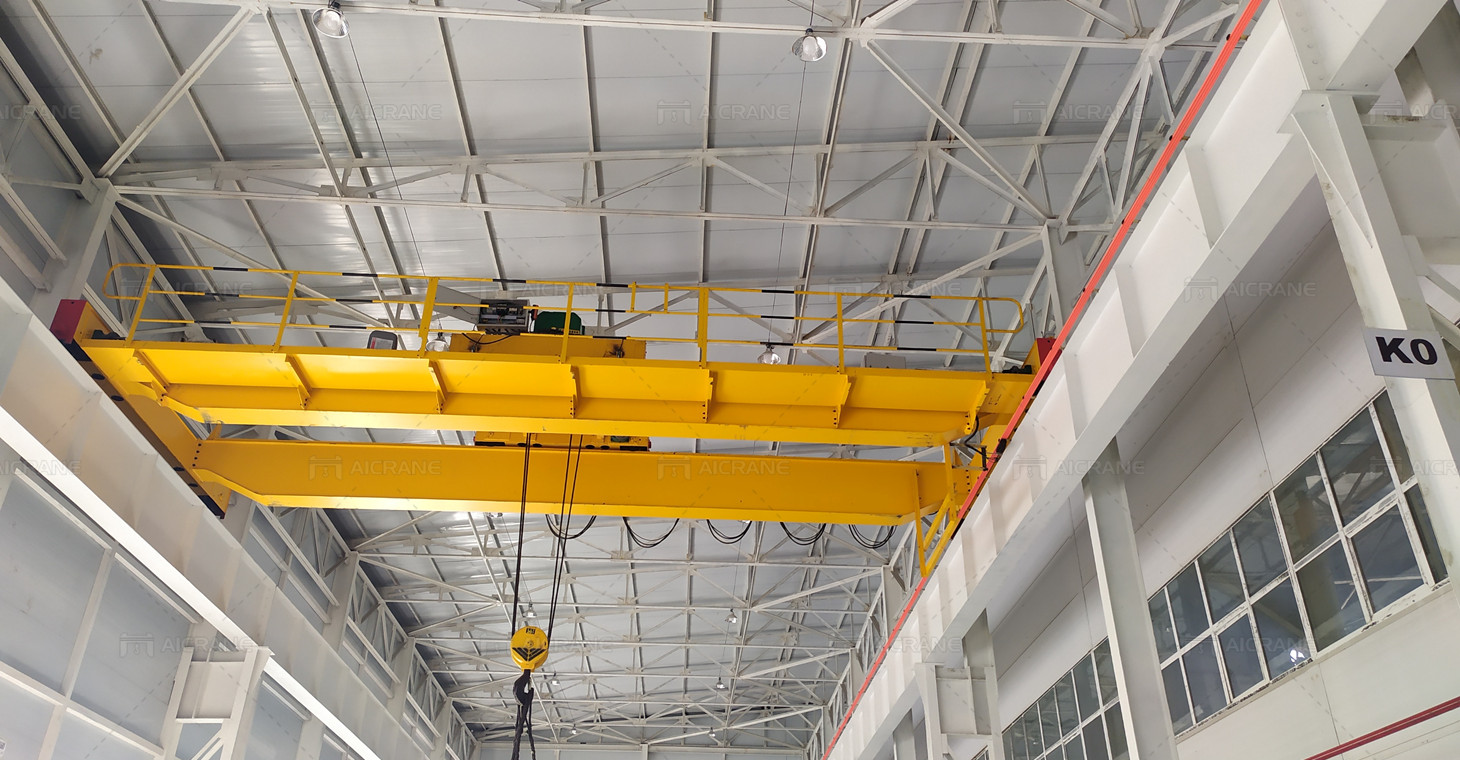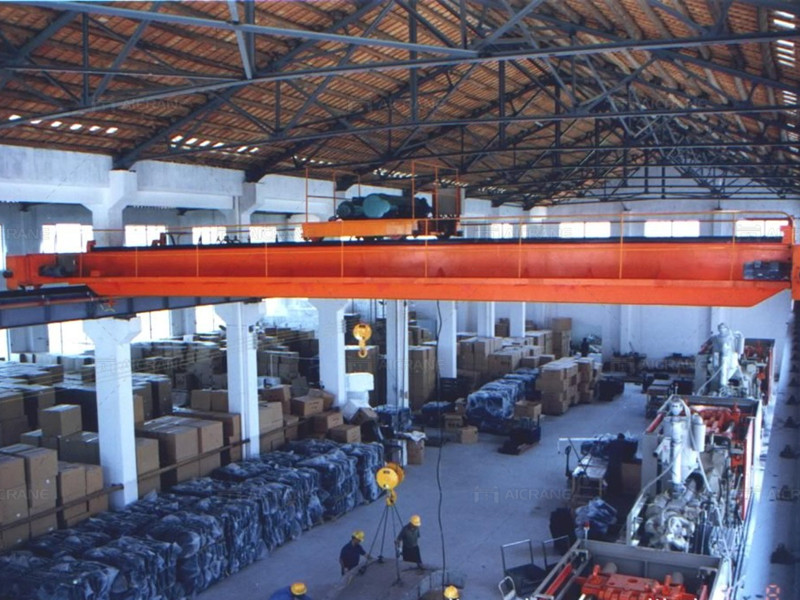Operating a 40 ton overhead crane requires skill, precision, and a deep understanding of both the equipment and the tasks at hand. These powerful machines are vital in various industries, from manufacturing and construction to logistics and shipping.
In this article, we delve into the nuances of controlling a 40 ton overhead crane, exploring the techniques, challenges, and importance of safe operation.

Understanding the 40 Ton Overhead Crane
A 40 ton overhead crane is a robust piece of equipment designed to lift and move heavy loads within a specified area. It consists of a bridge that runs along elevated tracks or rails, supported by end trucks. The bridge carries a hoist and trolley mechanism, allowing for vertical and horizontal movement of the load.
Key Components and Controls
- Bridge: The bridge spans the width of the working area and supports the hoist and trolley.
- Hoist: The hoist is responsible for lifting and lowering the load.
- Trolley: The trolley moves horizontally along the bridge, positioning the load.
- Controls: The operator uses a control pendant or cabin controls to maneuver the crane.
Operating the crane involves mastering these controls. The pendant typically features buttons or joysticks for precise movement, enabling operators to lift, lower, move horizontally, and position loads with accuracy. Due to large lifting capacity, 40 ton bridge crane usually adopr double beam bridge crane style to suit heavy loads handling needs.
Challenges and Techniques in Crane Control
Controlling a 40 ton overhead crane presents several challenges, especially when handling heavy or delicate loads. Here are some key techniques and considerations for effective crane operation:
Load Calculation: Before lifting a load, operators must calculate its weight and balance to ensure safe lifting capacity.
Smooth Movements: Operating controls with finesse is crucial to prevent sudden jerks or swings that can compromise safety.
Spatial Awareness: Crane operators must maintain spatial awareness, avoiding obstacles and ensuring proper positioning of the load.
Communication: Clear communication with ground personnel is essential, especially in busy work environments.
Safety Protocols: Following safety protocols, including weight limits, equipment inspections, and signaling procedures, is paramount.

Importance of Safety and Training
Safety is paramount when operating a 40 ton overhead crane. Proper training is essential to ensure that operators understand the equipment, its capabilities, and the risks involved. Training programs cover crane operation techniques, load handling, emergency procedures, and maintenance requirements.
Operators must be certified and adhere to industry standards and regulations. Regular inspections and maintenance of the crane and its components are crucial to prevent accidents and ensure optimal performance.
Applications and Industry Use
The versatility of a 40 ton overhead crane makes it indispensable across various industries:
- Manufacturing: Moving heavy machinery and materials within production facilities.
- Construction: Lifting and placing large structural components on building sites.
- Warehousing: Loading and unloading cargo containers and pallets.
- Shipbuilding: Transporting ship components and assemblies.
- Mining: Handling raw materials and equipment in mining operations.
Each industry has specific requirements and challenges, highlighting the adaptability and utility of these powerful cranes.
Future Trends in Crane Technology
Advancements in crane technology continue to enhance safety, efficiency, and automation. Remote-controlled cranes, real-time monitoring systems, and predictive maintenance are among the innovations shaping the future of crane operations.
Conclusion
Controlling a 40 ton overhead crane demands skill, precision, and a focus on safety. Operators play a critical role in ensuring the smooth and efficient movement of heavy loads within industrial settings. Through proper training, adherence to safety protocols, and leveraging technological advancements, the capabilities of these bridge cranes continue to evolve, supporting diverse industries and driving productivity.
Operating a 40 ton overhead crane is not just about moving loads—it’s about navigating tasks with expertise and a commitment to safety.